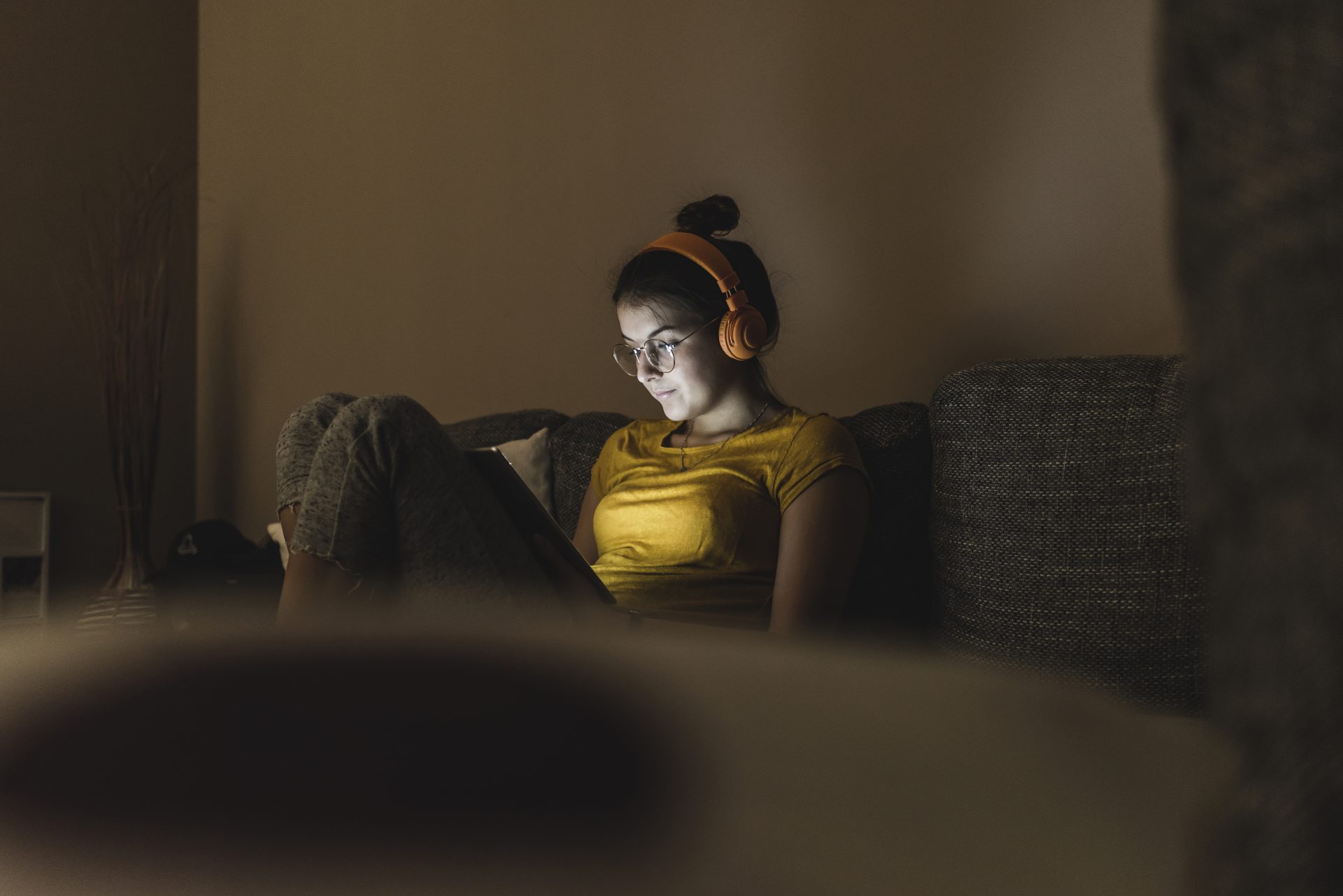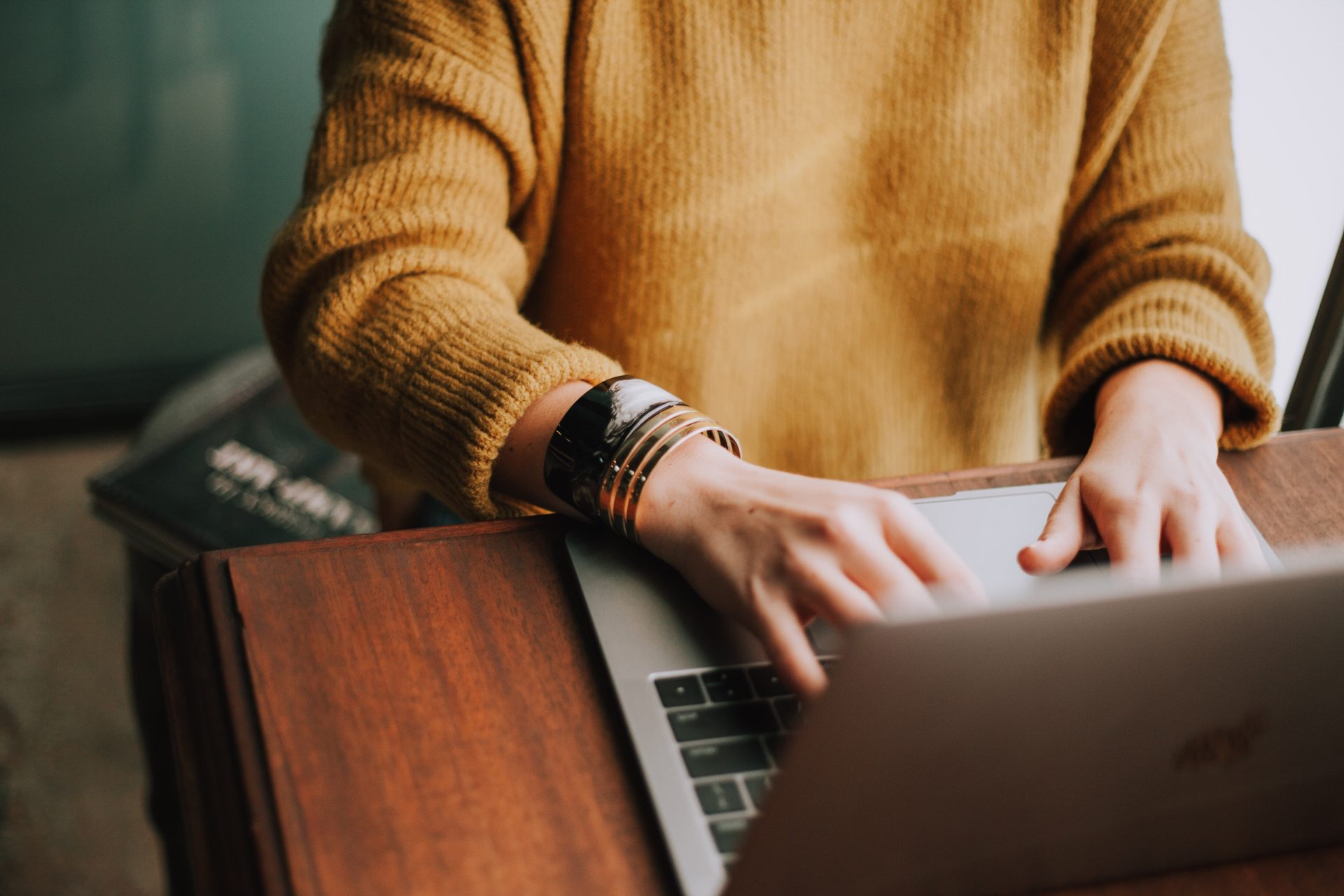How to take control of your digital health once and for all
We all know how important diet, sleep and relationships are to our wellbeing, but have you ever considered the role that digital health plays? Psychotherapist Zoe Aston explains why our relationship with tech is so significant, and gives her top tips for striking the right balance.
Laptops. Phones. Tablets. Smart watches. From our working days to our social lives, we live so much of our everyday through digital devices.
But, while they are a necessity, it is all too easy for our relationship with these devices to become a negative influence and even impact on our health. As a result, this relationship – sometimes referred to as “digital health” – is one you need to start paying attention to.
According to research carried out by Microsoft Windows, a third of Brits do not feel comfortable with their digital health right now, and there are a number of reasons why.
For many, this has to do with the boundary between “work and play” being so blurred at the moment. In fact, since the coronavirus restrictions made working from home the new normal, a quarter of people in the UK have been spending longer than usual at their work laptops, which is having an adverse effect on everything from productivity to their general wellbeing.
Some, particularly young people, are also feeling the pressure from having to be “always on”, with a third of 18 to 24 year olds saying they feel as though they have to be constantly available and in contact with friends and family.
Unsurprisingly, this is having an impact on people’s ability to unwind in their free time, with almost 25% of the population reporting that they are finding it difficult to destress this year as a direct consequence of their poor digital health.

Psychotherapist and mind coach Zoe Aston wants to start a new conversation about the state of our digital health, “to help people better understand what digital health is and how it contributes to our overall wellbeing.”
She tells Stylist: “Just like the role of diet, exercise, sleep and relationships, digital health is a crucial pillar that contributes to our mental and physical health.”
“It’s clear that the boundaries between people’s personal and working lives have become increasingly blurred, which is why we need to look at the role of digital in our lives.”
Zoe explains that “looking at the ways we use tech” can help us to start using technology “in more fulfilling and helpful ways, and set digital boundaries that create greater balance in our lives.”
This is easier said than done, though, particularly in a year like this one. You see, while too much tech time can absolutely have ramifications for our health, Zoe acknowledges that digital devices have also “been a saviour for connection in lockdown.”
And there’s no doubt about that, as many people from different age groups across the country have relied upon online forms of communication such as instant messaging and video calls to catch up with those they miss and are unable to see. It has been especially useful for those living alone, and according to Windows, two in five people said that “technology has helped them deepen connections with family and friends in 2020.”
With this in mind, Zoe recommends that you take some time to “look at what you need from technology each day,” learn when to step away, and find ways to “use tech to help you create energy, focus or connection.”
Make technology work for you
“Think of your digital health as a sliding scale that is always changing, and use tech in ways to help you achieve balance. To gauge how balanced you feel, ask yourself daily how energised, productive, connected and relaxed you feel and rate yourself on a scale from one (lowest) to 10 (highest).
“If you’re at the low end of the scale and feeling lethargic, use tech in ways that help create energy and focus, for example by silencing your notifications using a software tool. If you’re at the high end of the scale and feeling energised, use tech in ways to help you channel that energy.”
Set yourself digital boundaries
“Take control of your digital health by setting realistic boundaries, like placing limits on how late you respond to work emails or the time you spend on social media daily. Parameters like these should help you to stay in balance.”

Notice your patterns
“What digital patterns do you notice throughout the day? How do they make you feel and what would you like to change?
“Be aware and note down patterns over a few days to discover any unhelpful behaviours. Then, think about how you can switch one out. Try adding reminders to your calendar or notebook to create healthier habits over time.”
Move your body
“You should consider your physical and digital wellbeing as one and the same. Make sure that you are moving your body regularly and allowing it to refresh, just like you do your browser.”
Unlock your imagination
“Think back to your sliding scale. If you find yourself between an eight and a 10 on the scale, it’s likely that you have energy to channel.
“Microsoft Windows research shows that 60% of Brits say exploring a creative side to themselves helps to improve their overall health and wellbeing, and so this is a great opportunity to unlock your imagination, connect with others, and even flex your creative muscles using technology.”
Images: Getty, Unsplash
Source: Read Full Article
